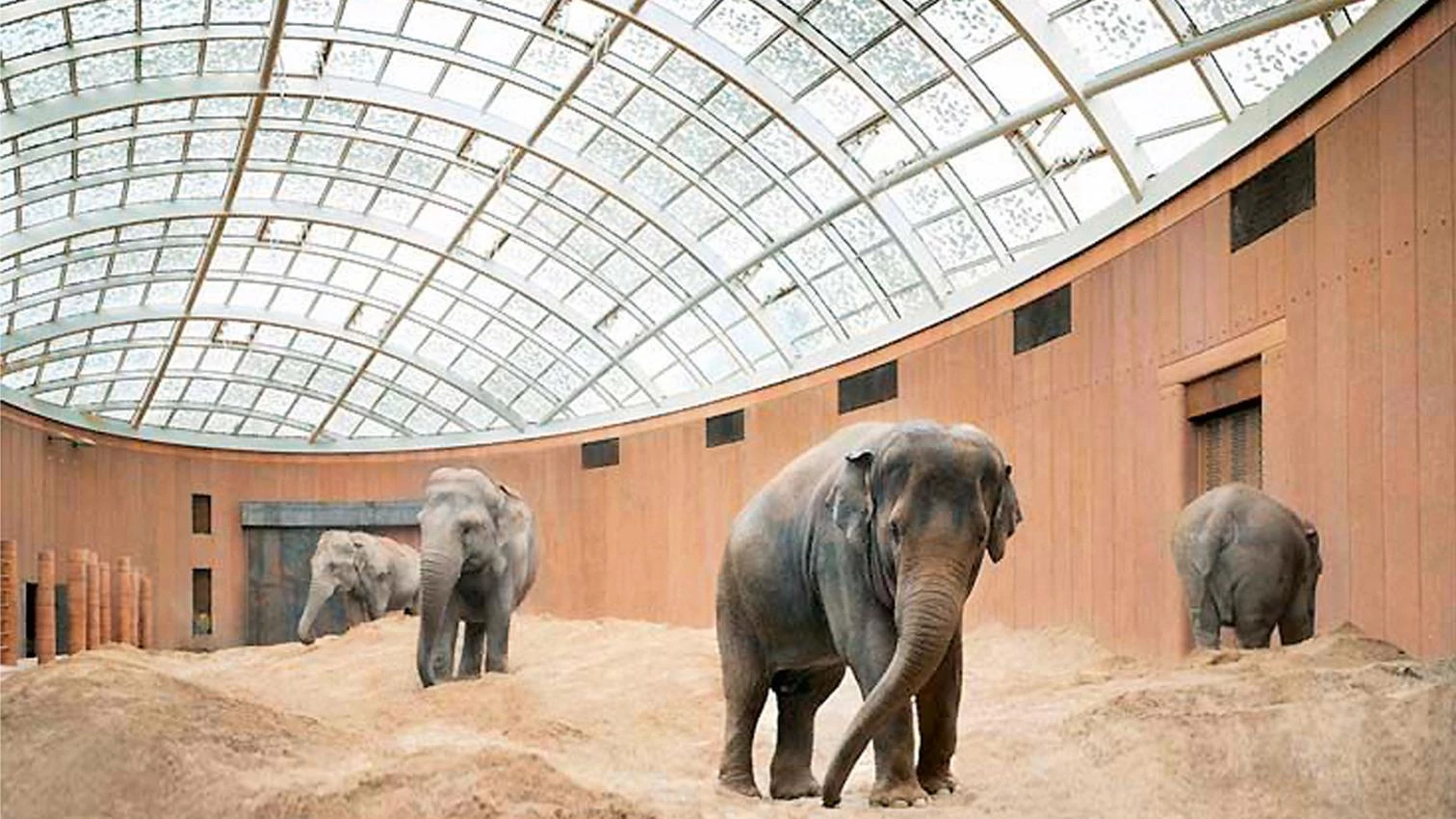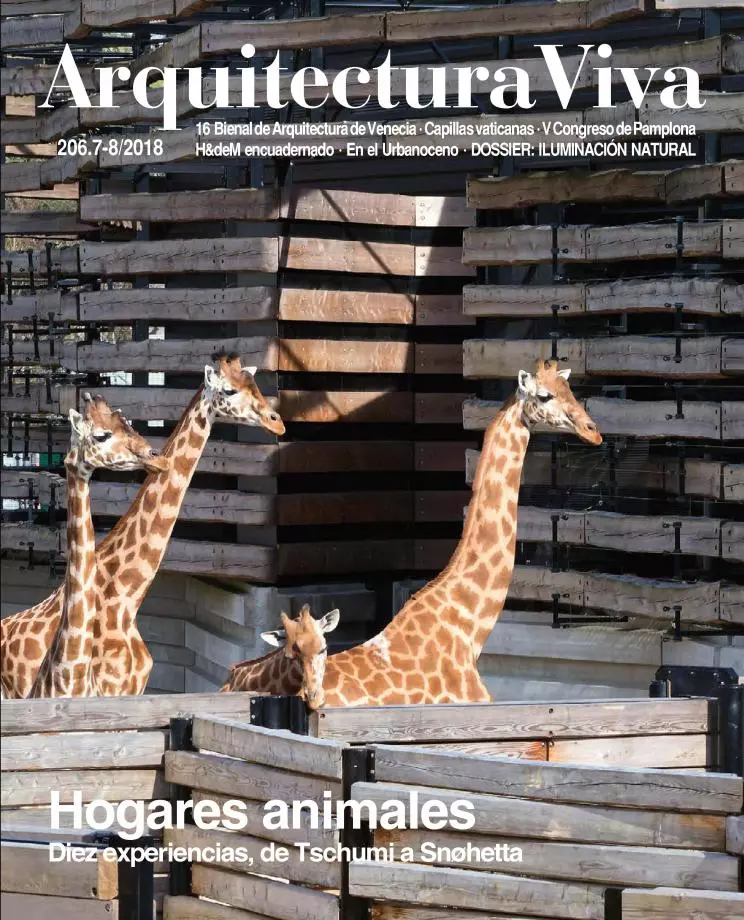
We love animal architecture. The building prowess of some species and the mechanical design of organisms have served as inspiration for architects, but neither of those features helps to design animal homes. The collective works of social insects, from the labyrinthine domestic anthills we looked at between two glass surfaces or the huge towers of termites to the hexagonal perfection of honeycombs, suggested different ways of occupying space; the weaving ability of spiders or the endless variety of bird nests, as well as the technical feats of beavers in their dams, encouraged learning from these elementary constructions; and the exquisite structural organization of vertebrates, just like the refined articulated exoskeleton of arthropods, stimulated mechanical and formal inventiveness. Neither of these animal architectures, however, is central to architecture for animals.
Designing homes and shelters for non-human animals requires ecological conscience, biological knowledge, and emotional empathy. I do not know if it is necessary to be a horse whisperer to build a stable, but without doubt no one understands bees better than the beekeeper, and no one knows as much about the flock as the shepherd who rounds up the sheep in the pen. Our long relationship with other animal species is inevitably inscribed in the position we occupy in the food chain, but both hunting and domestication introduce aspects of intimacy that are inextricably woven with the imperative demands of life: to eat and not be eaten, to survive, to reproduce. What we call here animal architecture – extending the name usually given to art representing animals, ‘animal art’ – refers to structures for species other than the human one, but does not reflect yet the strictures of ethical animalism.
Animal rights, which philosophers like Peter Singer and José Ferrater Mora have defended, open up a new phase in our relationship with them, with measures like the exclusion from circuses and parades, the regulation of animal facilities and transport to prevent overcrowding, and the protocols for painless slaughter. If Sigfried Giedion compared industrial abattoirs to extermination camps, J.M. Coetzee thinks that humanity would become vegetarian if slaughterhouses were built in glass, so that we could see and hear the pain of the creatures. Today many are convinced that animals deserve the fraternal consideration conferred upon them by the humble friar Francis of Assisi, that anthropocentrism is a form of human racism, and that rights are not just for great apes: those of us who visited in awe the Casa de Fieras in Madrid’s Retiro Park, listen these days to Elizabeth Costello.





